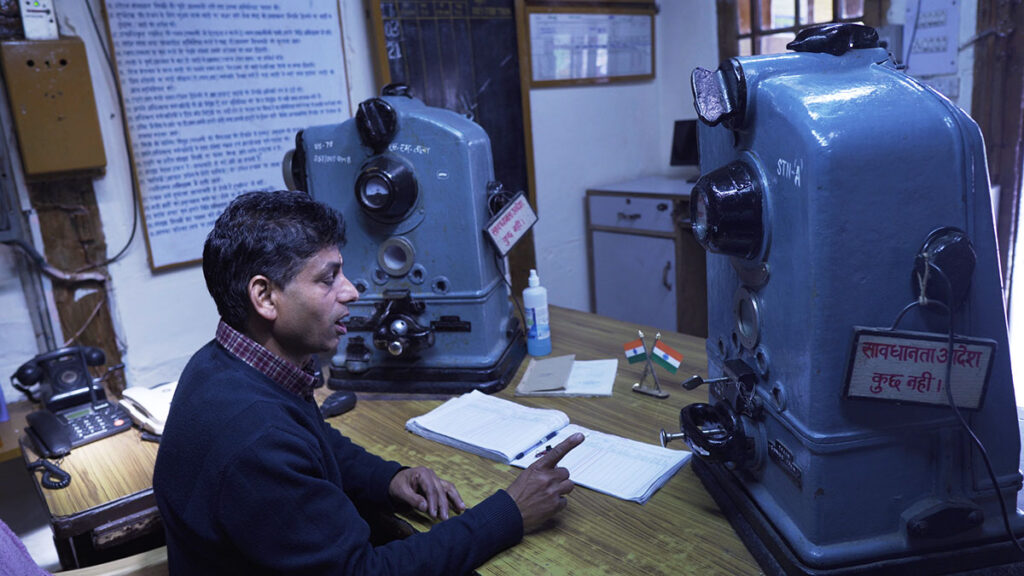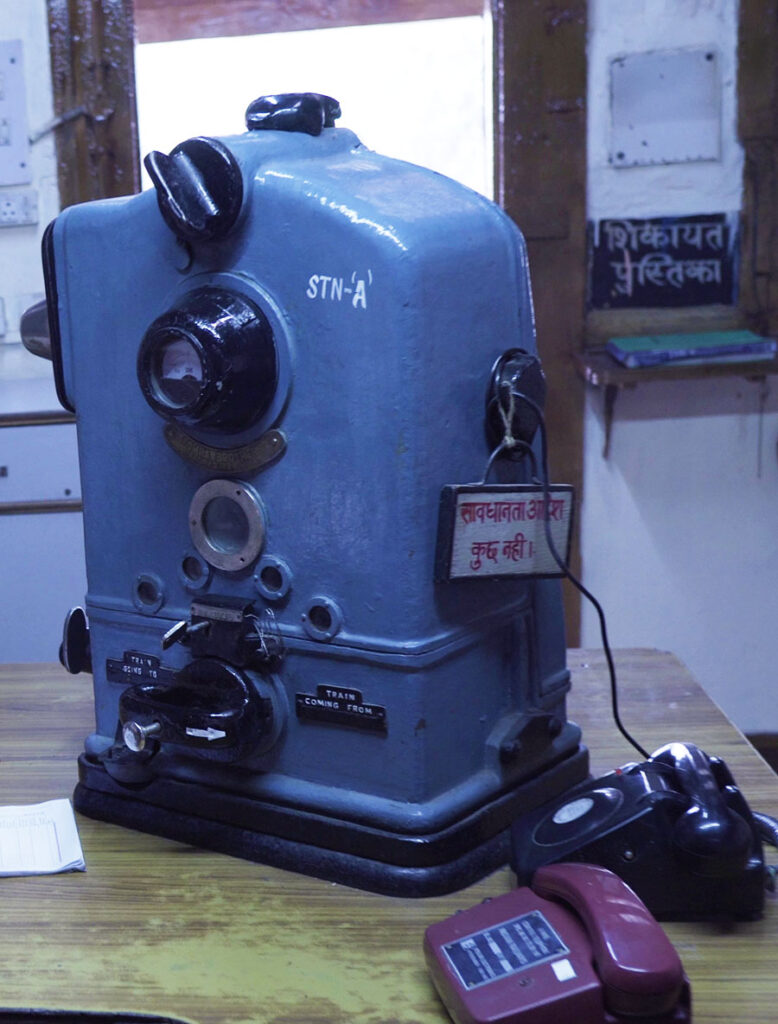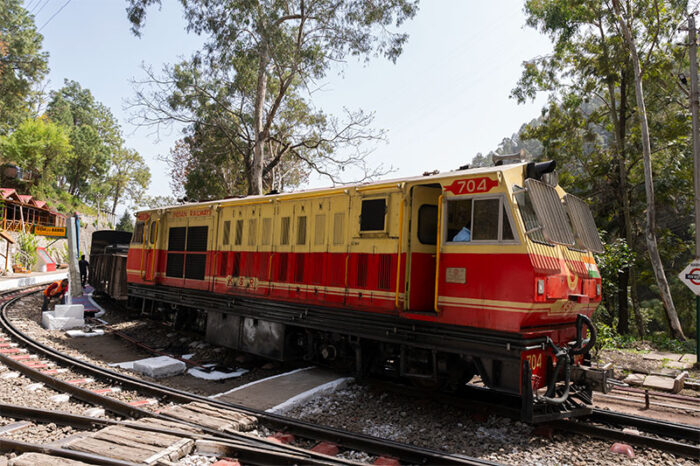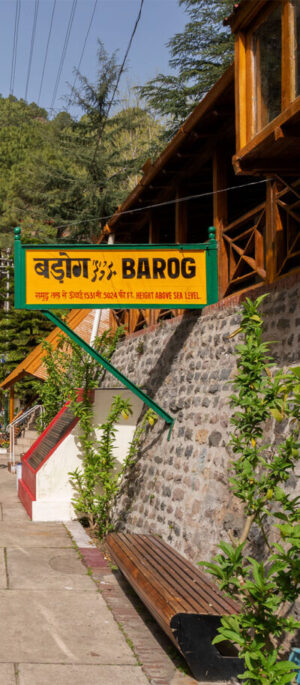British Connection
The Silver Ball
That Prevents
Train Accidents

Kalka-Shimla railway is one of the few ones in the world that still use Neale’s Ball Token Instrument system for railway signalling…
Kalka-Shimla Railway: How This Silver Ball Prevents Toy Train Accidents
| Video
Did you know that on the Kalka-Shimla track, a train is allowed to move from one railway station to the next only if the driver has a physical evidence to show that no other train is coming from the opposite direction?
That physical evidence is a token; a silver metal ball in this case.
A driver has to deposit this silver ball at one station, pick another, deposit it at the next station and so on and so forth till the train reaches the 18th station, the last one on the Kalka-Shimla single track.
This safety mechanism is called Neale’s Ball Token Instrument system.
Kalka-Shimla railway is one of the few ones in the world which continue to use this British-era ball token system for signalling trains. Here’s more on Neale’s Ball Token Instrument system and how it is still in use on the Kalka-Shimla track:
Who invented Neale’s Ball Token Instrument?
It was invented by JE Neale, who was the Telegraph Superintendent with the erstwhile Great Indian Peninsular Railways. Mr Neale was the son of John Neale, who also served as a Telegraph Superintendent but with the North Staffordshire Railway.
This safety mechanism was invented for the single line sections like the Kalka-Shimla railway because of the greater risk of collisions.
What is Neale’s Ball Token Instrument?


Neal’s instrument consists of a token (the metal ball) receiver, token exit, galvanometer (to check the flow of the current from one instrument to another), plunger (for giving bell signals), operating handle (for indicating ‘train coming from’ or ‘train going to’), bell and a telephone (for communicating between two stations).
How does Neale’s Ball Token Instrument work?
Every station has two such instruments, which are electrically connected to the similar instruments at other stations.
Suppose a train has to move from station A to station B. The station master at A will inform the station master at B by pressing the plunger. It will ring the bell at B. The station masters of A and B will next communicate over the phone and set their operating handles to ‘train going to’ and ‘train coming from’ respectively. The instruments at A and B will release tokens ie the metal balls.
The driver will carry the metal ball token from A to B. Upon reaching B, the driver will deposit the token ball and carry the new one, given at B, for moving to the next station.
Unless the driver has the token, the train can’t move. The token is the authority to proceed, meaning there is no other train on the track in that particular section and it is safe. The tokens have specific station codes engraved upon them and are meant for particular sections of a single line. Also, the instrument does not allow more than one token to be released at any given time ensuring there is only one train on the track.
When was it introduced by Kalka-Shimla railway?

This safety mechanism was introduced by the Kalka-Shimla railways in the early 1920s, around two decades after the track was opened, and it’s still in use.
How safe is this system?
It has proved to be a foolproof system up till now. In almost last 100 years of its use on the Kalka-Shimla track, no accident has ever been reported due to the failure of Neale’s Ball Token Instrument.
Why has it not been replaced ?
Because Kalka-Shimla railway is UNESCO heritage site and any change will destroy the charm and the heritage of this railway. Moreover, it has been a foolproof mechanism.
Besides Kalka-Shimla, the token system is still used on some of the single-track lines in Britain. It was in use in Australia’s Hurstbridge railway line until replaced by electronic signalling in 2013. Some regions in Thailand also use the token system. The token system was also in use in Palakkad railway division in Kerala till 2016.




